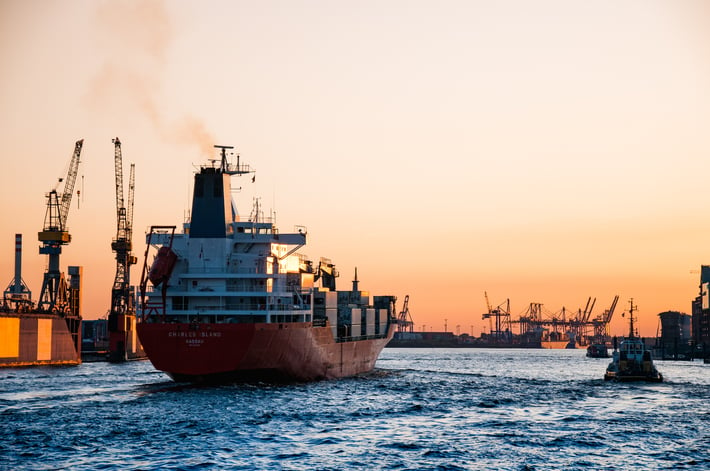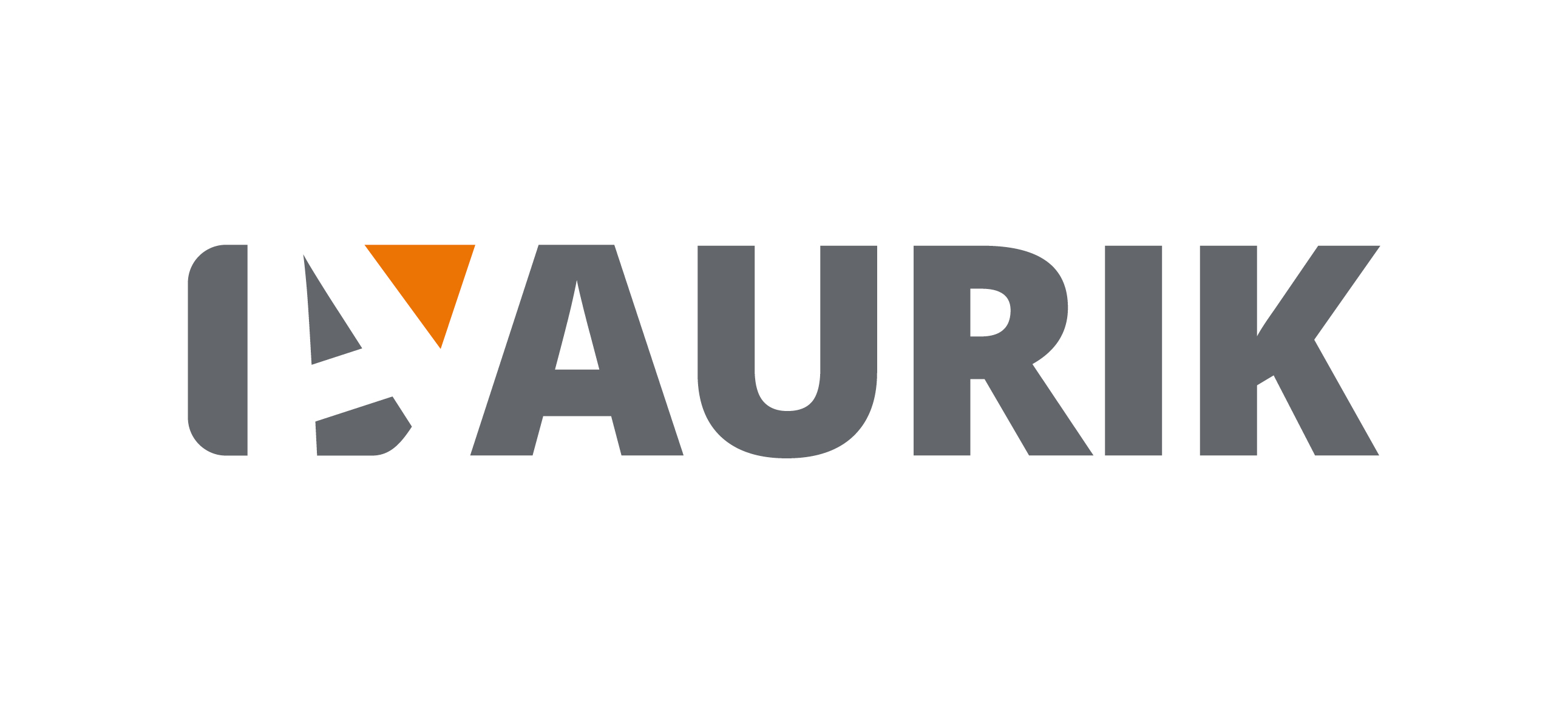Analogies are very useful to simplify thinking and action. As a business owner, building a business in a challenging environment creates noise and chaos. Gaining clarity, certainty and confidence helps manage the noise and emotion to provide right action and timing in your journey of building your business. A good analogy helps you get this right
Listen to the podcast HERE

Building a business is like sailing a ship. Here’s how and why.
- A ship sets sail with a clear destination in mind
For example, you set sail from Durban to get to Mumbai. It’s a 12-day journey at sea. Being smart, you take 15 days of food, fuel and water in case things go wrong. A business too, if the destination is clear, should have a resource plan to get from where it is to where
- A ship has a crew with specific skills and roles
A ship has a crew made up of people with varying skills and responsibilities. There’s the Captain, first and second mate, navigators, engineers, cooks and deckhands and so on. Each has a specific role to perform and is trained to perform it.
A business has is made up of people too. If well organised, the team includes people best suited and skilled in marketing and sales skills, operations and procurement, human resources and finance. At sea, every crew member knows what to do and when to do it. The safe passage of the ship depends on it. In a business, the same applies. Failure in any one area of the activities stalls your business growth and lets your team members down.
- A ship is organised in three distinct areas, a bow, midships and stern
The bow of the ship is like the ‘front-end’ of your business. It breaks new water and directs the ship along its course. The stern is like the “back-end” of your business. It propels the ship forward. The midships is the control centre of the ship located between the bow and the stern. It’s like the “middle” of your business and controls the finance and human resource administration and management activities. Each area must perform its role for the ship to function well and sail successfully to its destination.
The same applies to your business. The front-end of your business, sales and marketing leads the business direction. The back-end of your business delivers in response to sales made. The midships holds and coordinates everything together with
- A ship has a bridge and engine room
The engine room of a ship is below deck and houses the diesel engines that drive the propeller and move the ship forward.
As a business owner, where do you spend most of your time? In the engine room putting out fires or on the bridge guiding the direction and growth of your business?
Most business owners I meet are spending most of their time in the engine room. They are driven by the business and everything that makes us their business. Staff, customers, suppliers, landlords, government and more. They spend little time on the bridge because their businesses are chaotic and poorly built requiring them to be constantly fixing and rejigging the engine room. Yet, they are the most expensive resources in their own businesses. They should be spending up to 70% of their time on the bridge. There, they can direct the ship, set the course, ensure that they get to the destination to off-load their cargo and get paid. There, they drive the business and are not driven by it.
- A ship sails alone in the open sea to get from A to B
The open sea is full of surprises. The waves, wind, currents, storms bash the ship and threaten its safe passage. The business environment is no different. Every day we face politician rules that hurt business, volatile currency, uncertain energy supply, bad people behaviour and hectic competition. It’s a rough sea indeed.
- A ship is regularly maintained
A ship is an asset that
In any business, the systems you build will have to be partly broken and rebuilt as you grow. The software and computing you have will have to be upgraded. It’s a process of continually ensuring that your business, as it grows, is shaped and tweaked to deliver continual performance.
- Build your business like a Captain sails a ship
Using this analogy, be sure that you have a clear, well-defined destination to sail to. In my view, the only port you should be sailing to is
The shape of your business from the front, middle and end should be well designed to ensure that your ship sails successfully and efficiently. That design coordinates the activities in the business for your crew to play their role. That crew should be well-selected and trained, only possible if the destination is clear and
The sea you sail through will have surprises and your being on the bridge of your business lets you look ahead and keep a clear mind to cope with them as they batter and bash your business.
Finally, you, the #businessowner, should be on the bridge.
Working with Aurik we have a structured approach to help any established business owner build their business like a ship. We work with you from the bridge to set a clear destination, build the ship of your business to get there and with the right crew. With
